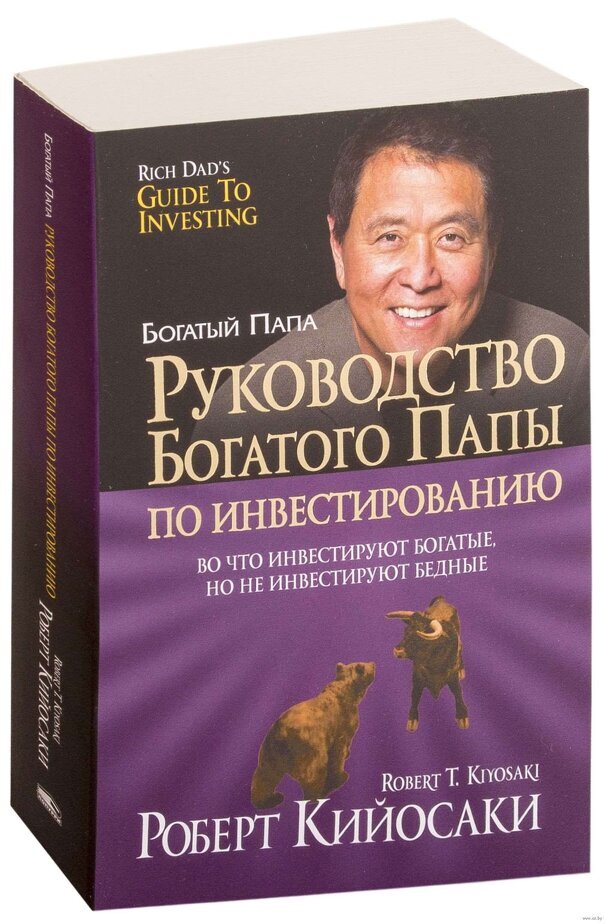Contents

If a company issues a 5% stock dividend, it would increase the number of shares held by shareholders by 5%, or one share for every 20 shares owned. If there are one million shares in a company outstanding, this would translate into an additional 50,000 shares. A shareholder with 100 shares in the company would receive five additional shares. That gives existing investors one additional share of company stock for every 20 shares they currently own. However, this means that the pool of available stock shares in the company increases by 5%, diluting the value of existing shares. Supply and demand will help buyers formulate a “bid,” or the highest amount they are comfortable paying for a particular security.

Stock options are designed to be part of an overall financial plan. A financial advisor is the best resource to guide someone on how to fit their stock options into their overall investment strategy and financial plan. Diversification is an important investment concept to understand.

Focus on the long term and remain disciplined during short-term market volatility. This sector classification makes it easy for investors to tailor their portfolios according to their risk tolerance and investment preference. Aggressive investors may prefer more volatile sectors such as information technology, financials, and energy. A capital gain occurs when you sell a stock at a higher price than the price at which you purchased it.
Market makers ensure there are always buyers and sellers
While it’s not hard to get intimidated by Wall Street, new investors should know that the fundamental concept of the stock market isn’t all that difficult to comprehend. Not all that different from an auction, the stock market plays host to buyers and sellers, so that they may negotiate prices and facilitate trades. The New York Stock Exchange is probably the stock exchange most people are familiar with. As a stock exchange, the NYSE is a marketplace where investors buy and sell stocks. Otherwise known as secondary markets, stock exchanges are solely meant to facilitate transactions between investors; businesses and corporations do not participate.
Still others may offer a certain number of commission-free trades for opening an account. It can be difficult to diversify when investing in individual stocks if your budget is limited. For example, with just $1,000, you may only be able to invest in one or two companies. Once you enroll in a plan, contributions are made automatically at a level you set.
There are also some ways to exercise without having to put up the cash to buy all of your options. To do this, you will purchase your options and immediately sell them. The price that you will pay for those options is set in the contract that you signed when you started. You may hear people refer to this price as the grant price, strike price or exercise price. No matter how well the company does, this price will not change.
- However, there are ways to make money in the stock market even when prices are down and volatility is up.
- If you believe the price of QQQ shares will go down, then shorting QQQ, buying a put option on QQQ, and buying shares in SQQQ will all allow you to profit from a move down.
- A stock dividend is a payment to shareholders that is made in additional shares instead of cash.
ok people – let’s get real!, any payroll contributions you’ve made that weren’t used to purchase shares will be refunded to you when you leave. So should you worry if a company you own stock in announces a buyback? It’s helpful to understand why the company has decided to buy back some of its own stock and look at the bigger picture, in terms of the company’s fundamentals.
These investors often own stocks through mutual funds or index funds, which pool many investments together. You can buy a large section of the stock market — for example, a stake in all of the companies in the S&P 500 — through a mutual fund or index fund. When a company decides to go public, there will be an initial public offering where investors can purchase shares in the company. The company will work with investment bankers to set a primary market price. That initial price is determined by the valuation of the company and perceived demand in the market. These shares will then be offered to preferred institutional and individual buyers.
That means you can obtain a right to a vote on certain meters of the company, as well as a portion of its revenue in the form of capital gains or dividends. Buybacks reduce the number of assets on a company’s balance sheet, which increases both returns on equity and return on assets. Both are beneficial in terms of how the market views the financial stability of the company and its stock.
Since you could pay any price for the shares you now need, your losses could also be infinite. It gives the buyer the right to sell shares at a specific price and the seller the obligation to buy those shares if the option is exercised. Put options are often compared to insurance because they protect your investment against loss from a stock going down in price since you can still sell at the original strike price. However, you lose money if the stock doesn’t increase by more than $1 per share in six months. Exercising your option will only make sense if the stock price increases since you would pay more at the strike price than it’s trading for in the market.
How an Investor Can Make Money Short Selling Stocks
Preferred stock refers to a class of ownership that has a higher claim on assets and earnings than common stock has. A dividend-paying stock generally pays in a range of 2% to 5% annually, whether in cash or in shares. Bear market means stock prices are falling — thresholds vary, but generally to the tune of 20% or more — across several of the indexes referenced earlier. If you’re not well-versed in the basics of the stock market, the stock trading information spewing from the media can border on gibberish.
But building a diversified portfolio of individual stocks takes a lot of time, patience and research. The alternative is a mutual fund, the aforementioned exchange-traded fund or an index fund. These hold a basket of investments, so you’re automatically diversified.
Additional information about your broker can be found by clicking here. Open to Public Investing is a wholly-owned subsidiary of Public Holdings, Inc. (“Public Holdings”). This is not an offer, solicitation of an offer, or advice to buy or sell securities or open a brokerage account in any jurisdiction where Open to the Public Investing is not registered. Securities products offered by Open to the Public Investing are not FDIC insured. Stock Exchange — An exchange is the middleman that connects buyers and sellers who want to trade stocks, bonds and other securities. To understand stocks, think of a business run by five partners.
Stock Market Basics
Performance information may have changed since the time of publication. If you are looking for steady income, investing more in bonds might be a better approach. While bonds may have lower long-term rates of return than stocks, a well-chosen portfolio of bonds offers reliable interest payments and lower volatility. The latter is attractive for investors who might be nearing or in retirement who want to preserve capital after their years in the workforce are over.

Some companies have dual or multiple classes of stock with different voting rights attached to each class. In such a dual-class structure, Class A shares may have 10 votes per share, while Class B shares may only have one vote per share. Dual- or multiple-class share structures are designed to enable the founders of a company to control its fortunes, strategic direction, and ability to innovate. An individual or entity that owns 100,000 shares of a company with one million outstanding shares would have a 10% ownership stake in it. Average annual stock market return is 10%; that average falls to between 7% and 8% after adjusting for inflation.
While your https://business-oppurtunities.com/ can go much further purchasing options than stocks, greed has ruined many a would-be options trader prematurely. Before jumping in, beginners should educate themselves on the risks of options trading. For example, say our ABC stock is trading at $50, and you write a naked call contract at a $55 strike price of $1.00 per share. The best-case scenario is that the stock goes down or stagnates, and the option expires. You’d keep the $100 profit, which you got for basically nothing. Now let’s say that instead of buying the stock, you purchased a call option that allows you to call for someone else’s shares at a specific price.
How Do People Lose Money in the Stock Market?
Many factors could affect the best time to sell a stock option. A financial advisor can help you figure this out with a financial plan for your investments. If you’re ready to find an advisor who can help you achieve your financial goals, get started now.
If you’re looking for long-term growth, having more stocks in your portfolio could be a good strategy given their historically high rates of return compared to bonds. As the economy grows, public companies grow their revenue and profits, which causes the value of their shares to rise over the longer term, and their shareholders reap the benefits. Common stock and preferred stock are among the most common varieties, and some companies have different classes of stock.
A long position may be owning shares of the same or a related stock outright. Investors who short stock must be willing to take on the risk that their gamble might not work. 2The $25,000 may be increased in certain circumstances in which the purchase period crosses calendar years and the full limit is not used in the prior calendar year. As a global financial services firm, Morgan Stanley is committed to technological innovation. We rely on our technologists around the world to create leading-edge, secure platforms for all our businesses.

